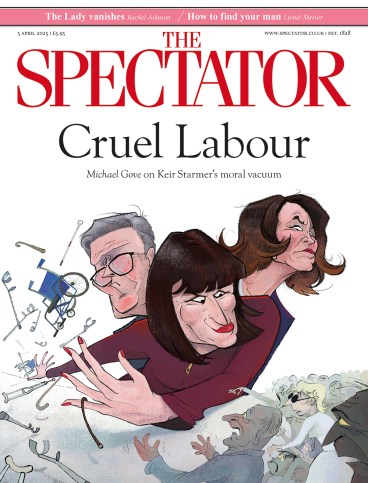
When Leonardo da Vinci’s ‘Salvator Mundi’ was sold in 2017 for $450 million it caused a sensation. Dismissed as an anonymous ‘wreck’ just 12 years before, it had become the single most expensive artwork ever to come to auction. Newspapers – goggle-eyed at the price – hailed the discovery of a ‘lost’ Leonardo. The Louvre wanted to make it the centrepiece of a major exhibition. There was even talk of showing it alongside the Mona Lisa. It seemed almost too good to be true. And it was. Doubts were soon raised about the painting’s attribution. Amid a storm of controversy, it was quietly whisked away to a secret location. It hasn’t been seen since.
The ‘Salvator Mundi’ is in many ways a parable of our obsession with Leonardo. Almost no other artist today is as familiar or ubiquitous. And it’s no mystery why. We’re fascinated by him because he isn’t just a Renaissance artist. He’s something greater, more modern. He feels almost like a celebrity: a solitary genius, far ahead of his time, a scientist, an athlete, even a pioneer of fashion. If we didn’t know better, we could easily mistake him as someone from our own day: gay, vegetarian, agnostic. And the closer he seems to us, the closer we want to get to him – his life, his works, his personality. We can’t get enough. We queue for hours to take a selfie with the Mona Lisa. We buy tickets to virtual reality ‘Leonardo experiences’. We long for new discoveries – no matter how questionable their authenticity might be.
There’s only one problem. As Stephen Campbell argues in a searingly brilliant new ‘anti-biography’, almost nothing about this image of Leonardo stands up to scrutiny.









Comments
Join the debate for just £1 a month
Be part of the conversation with other Spectator readers by getting your first three months for £3.
UNLOCK ACCESS Just £1 a monthAlready a subscriber? Log in